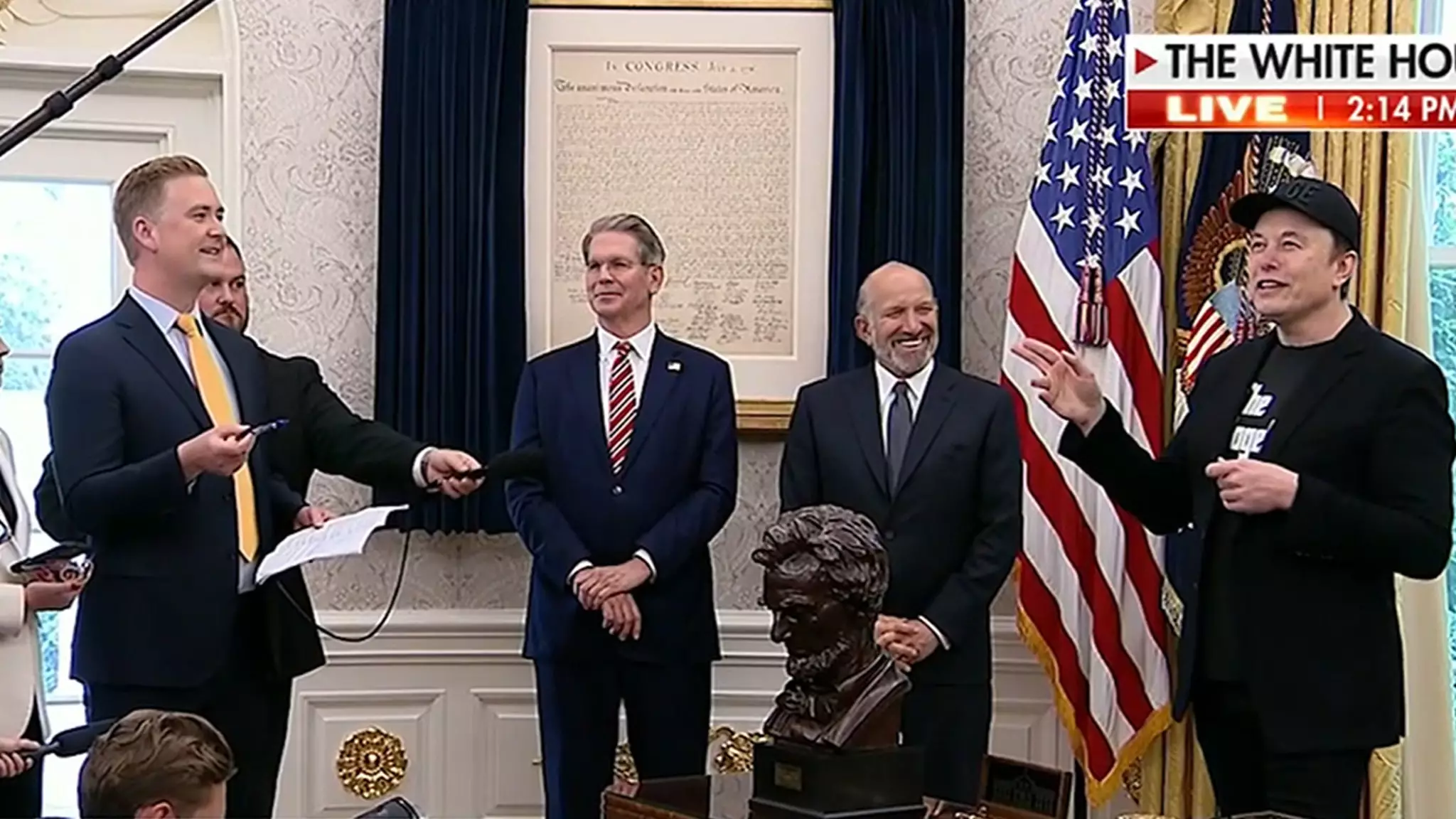In the swirling vortex of modern media and high-profile personalities, few stories capture attention like the ongoing disputes between influential figures and established news outlets. Recently, tensions escalated between tech mogul Elon Musk and The New York Times (NYT). The confrontation emerged over allegations concerning Musk’s purported drug use, as reported by the venerable paper. Musk swiftly dismissed the article as unreliable, inviting a broader examination of truth, ethics, and credibility in journalism. This incident unveils a deeper narrative, reflecting both Musk’s bravado and the headline-inducing behavior of the media.
Musk’s disdain for the NYT was palpably evident during a press conference wherein he responded to the explosive article detailing claims about his alleged substance abuse. The NYT specifically cited sources who asserted that Musk had engaged in extensive drug use, including ketamine, Adderall, and psychedelics. Musk’s reaction, however, was not merely defensive; he transformed the moment into an opportunity for ridicule. By casting the NYT as a source of sensationalism, Musk positioned himself as the ultimate truth-teller fighting against a purportedly tarnished institution, inviting a conversation about the responsibility of journalists to their audience.
The Deflection of Accountability
At the core of Musk’s dismissal of the NYT lies a critical observation: accountability in journalism is wildly inconsistent. When Musk stated that the NYT produced misleading narratives, he introduced a critique that resonates with many who perceive major news outlets as faltering in their journalistic integrity. History has dictated that no news company is immune from scrutiny, especially in our age of hyper-information where both fact and fiction coexist in the same digital space.
Musk’s choice to address allegations at a press conference as a method to deflect scrutiny speaks volumes about the broader dynamics between public figures and the press. Instead of engaging directly with the substance of the claims, he chose to undermine the NYT’s credibility by referencing past controversies, including the politically charged “Russiagate” saga. In doing this, Musk not only deflected attention from the serious nature of the claims against him but also weaponized public opinion against the NYT, an approach that is somewhat emblematic of the era of social media-fueled narratives.
The Role of Power and Reputation
A significant aspect of this discourse is the power dynamic at play. The NYT, established as an authoritative voice in journalism, often finds itself at odds with powerful individuals who seek to propagate their narratives. Musk’s stance reinforces his reputation as a disruptor, not just within the tech industry, but in the arena of information and media. He boldly labeled the publication untrustworthy, banking on his entrepreneurial image and social media influence to sway public sentiment.
Herein lies a profound interrogation of what constitutes reliable journalism in a world permeated by distrust and sensationalism. The NYT’s response to Musk reiterated its commitment to factual reporting, emphasizing the lack of correction requests or legal action concerning their reporting on Musk. Yet, as they tread this path, they must acknowledge the evolving landscape where the credibility of media institutions is perpetually in flux. Public perception is shaped not only by the facts but also by the narratives spun around them.
The Implications for Future Dialogue
The fallout from this altercation goes beyond the individuals involved; it raises essential questions about the nature of discourse between powerful public figures and the media. What does it mean for accountability when figures like Musk can effectively shift the narrative? The consequences of this episode could breed a new environment where public skepticism deepens, and genuine investigations are overshadowed by personality-driven feuds.
Ultimately, the media landscape is one of critical interdependence—the interplay between public figures and journalists yields an ongoing conversation that defines our understanding of truth. In the end, both sides must navigate the complexities of reputation, power, and the public’s thirst for transparency. As we watch this story unfold, it becomes apparent that the relationships between press and power are fraught with tension, leading us to critically examine who we trust and why.

